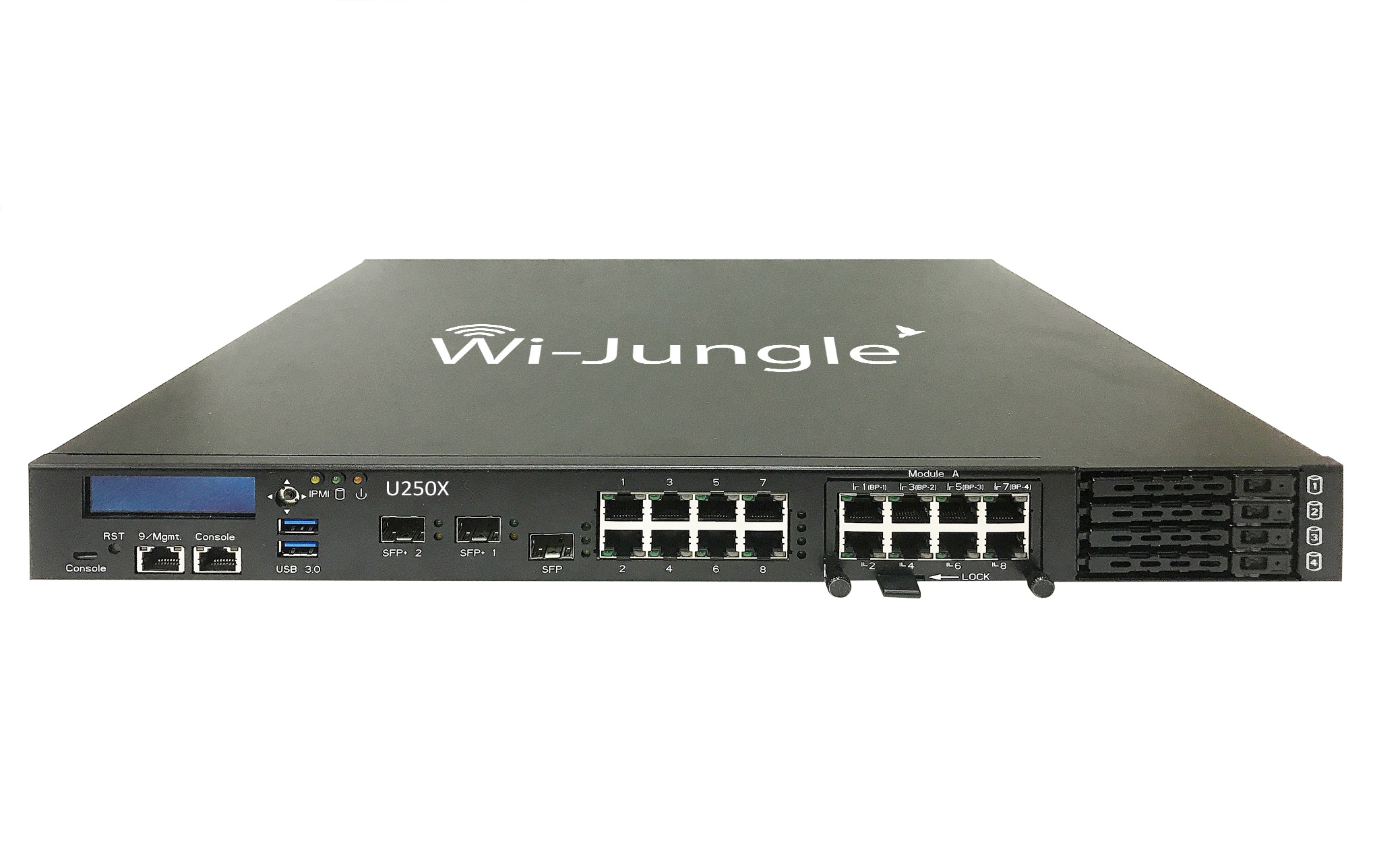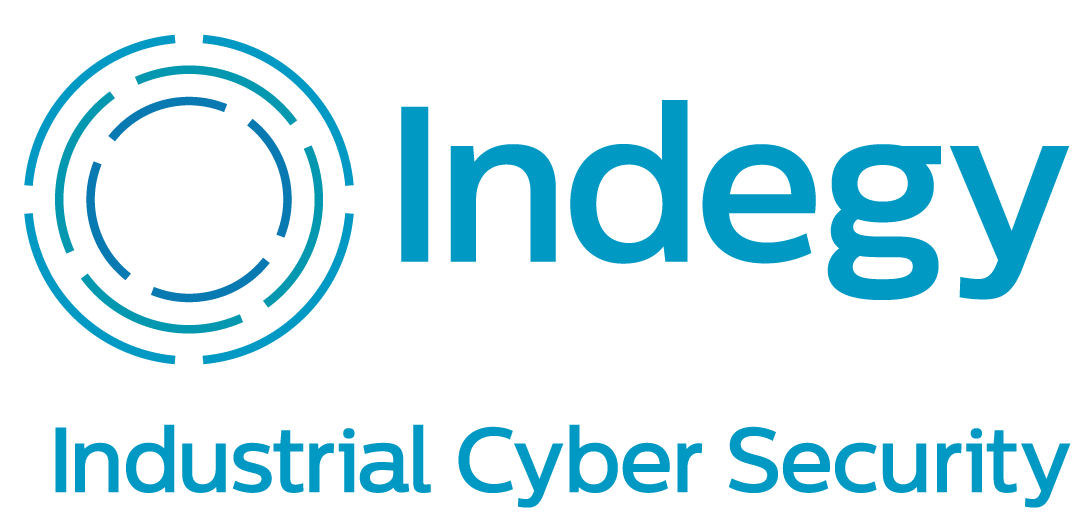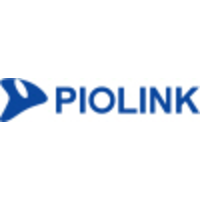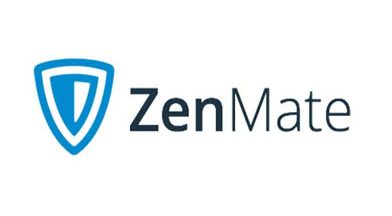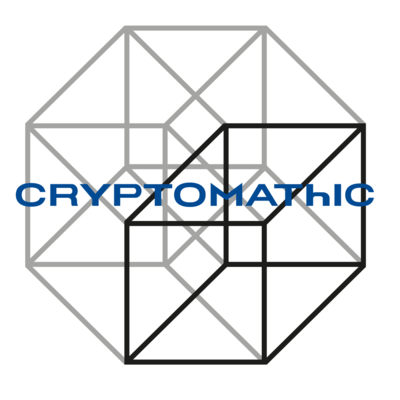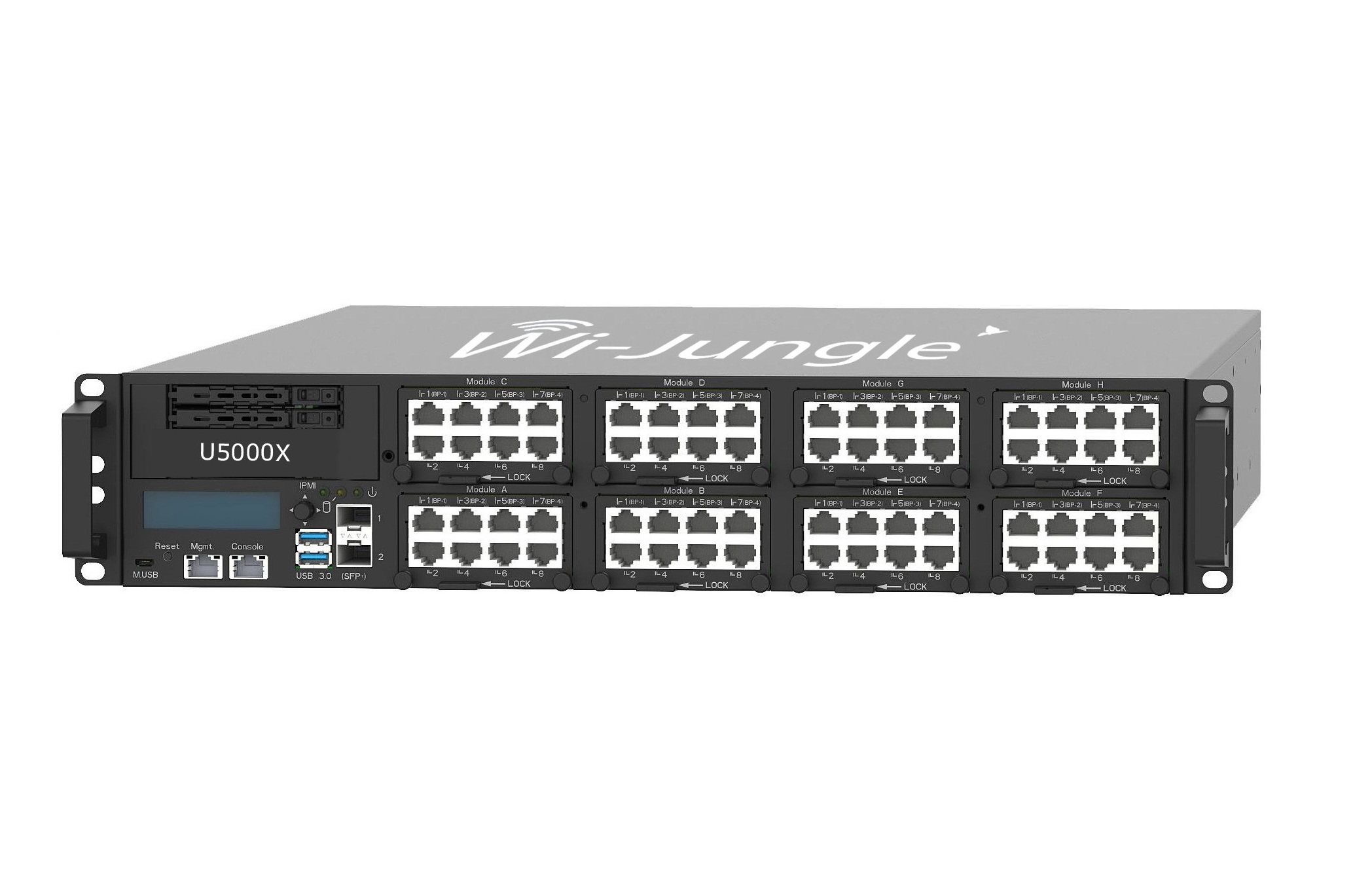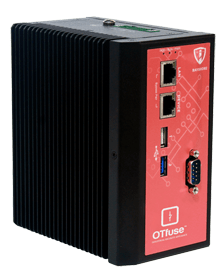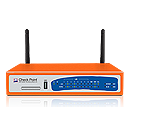
Categories
Values
Reduce Costs
Ensure Security and Business Continuity
Check Point 600 Appliance
Small businesses need multi-layered security in a simple, affordable package. The Check Point 600 Appliance is a single, integrated device offering firewall, VPN, IPS, antivirus, application visibility and control, and URL filtering and email security, all in a quiet, compact desktop form factor.
About Product
Description
Benefits
Secures your small business with advanced security
Protects against viruses, spam, dangerous applications and malicious websites
Designed from the ground up for the needs of small businesses
Connects securely to your office network from any laptop, smartphone or tablet
Sets up in minutes with easy and intuitive web-based management
Simplifies your security management with optional Check Point SMB Managed Security Services
Keeps you connected with flexibility, speed and power
Supports multiple Internet access options, including Ethernet, ADSL, 3G and 4G
Provides integrated wireless security with guest access
Delivers market-leading speeds with 100 Mbps of real-world throughput
Features
Enterprise-caliber firewall and threat protection
Small companies shouldn’t have to settle for less security. The Check Point 600 Appliance has the industry’s highest-ranked next-generation firewall, IPS and threat prevention security technologies to deliver robust protection from modern cyber-threats. You’ll get the same level of protection enjoyed by Fortune 100 companies—at SMB prices.
A comprehensive protection suite
Leveraging the proven and flexible Software Blade Architecture, the 600 Appliance delivers multilayer security to the small-office environment, including:
Firewall
VPN
Advanced Networking & Clustering
Identity Awareness & User Awareness
IPS
Application Control
URL Filtering
Antivirus
Anti-Bot
Anti-Spam and Email Security
Security managed via the cloud
We can even help you manage your security appliance through the cloud. With Check Point Cloud-Managed Security Service, you’ll leverage Check Point’s technology leadership and 24/7 security expertise to ensure your network will be monitored and protected at all times. Learn more about the features and benefits of this service on our Check Point SMB Cloud-Managed Security Service page.
Flexible network connections with high capacity
The 600 Appliance comes standard with 10 x 1Gbps Ethernet ports. For added flexibility and convenience, Check Point offers a wireless version that includes a WiFi access point (802.11b/g/n) that supports WEP, WPA and WPA2 authentication, as well as secured guest access capabilities.
Integrated ADSL modem
Included USB and PCI Express card slots make it easy to create a redundant Internet link for maximum reliability
Simple management, configuration and deployment
The Check Point 600 Appliance can be up and ready in minutes, offering hassle-free deployment to small offices with minimal IT support staff.
Simple web-based local management interface
First-time set-up wizard
Easy-to-understand logs and reports for hassle-free device monitoring
